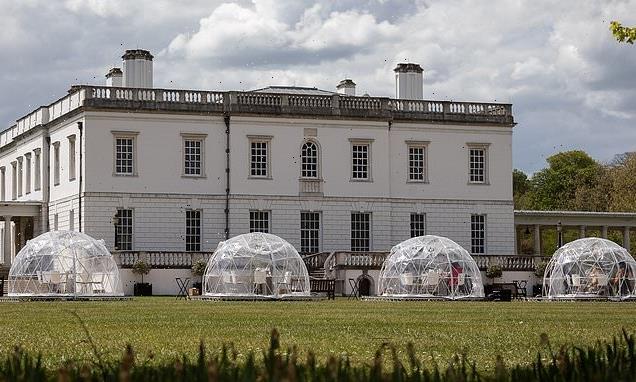Big business is getting in on the act as sales of ‘preloved’ garments boom. But can the trend curb our love for fast fashion?
“Few articles change owners more frequently than clothes. They travel downwards from grade to grade in the social scale with remarkable regularity,” wrote the journalist Adolphe Smith in 1877 as he traced a garment’s journey: cleaned, repaired and resold repeatedly; eventually cut down into a smaller item; finally, when it was beyond all wearability, the fibres recycled into new fabric for the wealthier classes.
That model is almost incomprehensible in the era of fast fashion. The average British customer buys four items a month, often at pocket-money prices; though the low cost is a godsend for the hard-up, many purchases are discarded after a few outings, or never worn at all. Clothes Aid reports that 350,000 tonnes of used but still wearable clothing goes to landfill in the UK each year.
Yet a gradual revival of the secondhand trade has gathered pace in the last year. At fashion website Asos, vintage sales have risen 92%. It was once worn out of necessity, then it became the quirky choice of Jarvis Cocker-style misfits and the label of “vintage” gave it cachet. Now it is simply a way of life. Busy families sell cast-off items on eBay, teenagers trade on Depop and fashionistas offer designer labels on Vestiaire Collective. Strikingly, it has become big enough business that mainstream retailers want a slice of the action. Cos, owned by H&M, has launched a resale service on its website. Selfridges already has a vintage channel. Asda announced last week that it will sell secondhand clothing in 50 supermarkets, following a successful pilot project.
For some buyers and sellers, the switch to secondhand is born of pandemic-induced financial need. Others have become queasy at working conditions in factories, or the impact of their shopping habit on the planet. (It takes 1,800 gallons of water to grow enough cotton for a pair of jeans). But the shift is only a partial solution. One concern is that mainstream brands may “greenwash” – using relatively small volumes of secondhand goods to improve their image, rather than engaging more seriously with sustainability. Another worry is that good causes are losing out as people trade rather than donate unwanted clothes.
The biggest concern may be that people keep buying because they know they can resell goods, still chasing the buzz of the next purchase but with an eased conscience and healthier bank balance. (Boohoo, the fast fashion behemoth, has seen sales and profits soar during the pandemic, despite concerns about working conditions in its supply chain that led to an investigation last year.) Cheap items are unlikely to last long or be repaired easily: shoes are glued rather than stitched; seams are skimpier; fabrics quickly sag or bobble.
A new Netflix series, Worn Stories, documents the emotional resonance that clothes can have, each item “a memoir in miniature”, writes Emily Spivack, whose book gave rise to the show. A handbag from a grandmother; a scarf passed on by a father; garments that made people feel confident in their first job, or comfortable in their sexuality – almost everyone has at least one item they cherish. Perhaps we could cultivate such attachments. A love of style is not a bad or trivial thing. But a committed relationship is better than a quick fling. Can we learn to appreciate our own old clothes as well as other people’s?
Source: Read Full Article

